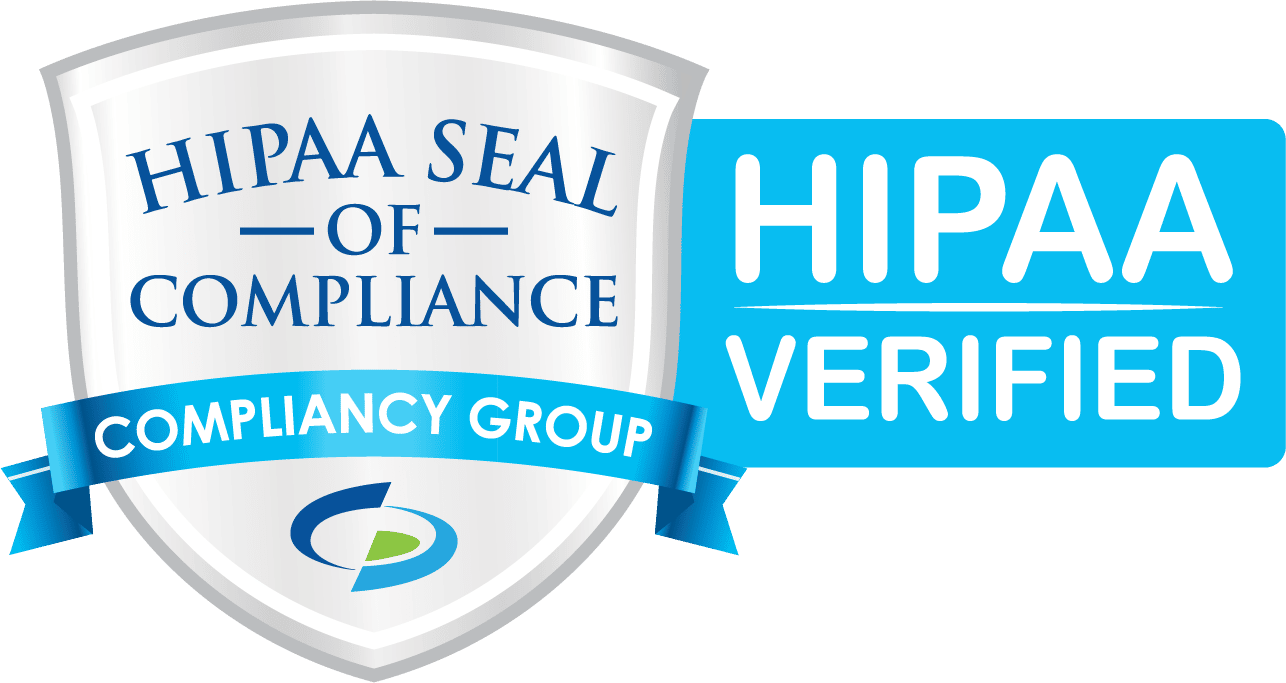Are you tired of AI hype yet?
I feel like I’ve seen a hundred different “Here’s How to Use AI for Marketing” posts at this point—and perhaps just as many posts saying “This Is Why AI Will Never Replace Us.”
The conversation may feel superfluous, but we need both sides to keep wrestling as AI becomes a part of our regular workflow.
In every technology field, everyone wants to be able to capitalize on marketable terms like “machine learning” and “artificial intelligence,” even if the use of the technology feels like a bolt-on instead of a key function.
Don’t let fatigue of the latest buzzword detract from current advancements in this technology. The tools you already use are all starting to implement AI in meaningful ways. New tools can also help you and your customers in ways you might not expect.
Tidbits for Medtech: What I’m Hearing
We are all bombarded by AI news, but here are a few interesting tidbits to pass along.
Internal Search and Summary for Blogs
Have you tried out Seth Godin’s AI bot? The tool is set up to help answer questions from readers based on years of blog posts.

In essence, the tool functions as a search engine and summarization service.
- Ask your question.
- Receive an answer based on multiple posts related to your question.
- Receive a list of references and links to investigate each suggested article further.
(Funny note, one result that the “Seth bot” bot pointed me to was a 2008 piece that focused on a YouTube video. Unfortunately, that YouTube link is now broken. Not much to take away from that one.)
When Godin first released his AI tool, it was an intriguing method to explore the capabilities of these AI tools. Now, you can find your own search-and-summarize tool for your website—if you’re willing to take on the risk.
Systems-Teaching Instead of Information Retrieval
My friend Karine Abbou publishes an awesome newsletter called AI for Humble Humans. You should definitely check it out. In the newsletter, she recently pointed out a LinkedIn post from Ethan Mollick, an associate professor at Wharton. Mollick encouraged people to look beyond the type of bot Godin is using. “An AI that can take a team through the methodology that a company developed, or act as a teammate to multiple work, is much more likely to boost real performance and job satisfaction.”
He went on to give an example of Khan Academy using methods to help students retain information via Khan’s AI tools rather than just summarizing answers from other education materials. It’s not just about receiving information. It’s about understanding how to process that information.
Marketing Materials + Prospect-Info Search
These innovative search tools are indeed impressive, yet people in heavily regulated industries may find potentially significant issues. Could a bot that receives questions on a medical device website generate something considered as medical advice or as instructions-for-use?
There’s a fun topic to discuss with your legal team.
Still, I am excited about the potential of applying search-and-summarize approaches to a company’s own marketing materials. This would obviously require we find a way to close off our data so OpenAI and all the rest of the systems don’t get to claim this information as their own.
(We actually use a subscription-based wiki-type tool that is offering to apply AI to our knowledge base. I haven’t read through all the terms and conditions to see how protected and private our data would be in that scenario. Who knew that we’d all actually start paying attention to those documents, right Zoom?)
But imagine how much simpler it could be to find the right piece of marketing collateral with a truly functional search. This is a major pain point within large corporations that are creating loads of content but struggling to connect that material to the right market or sales person.
Speaking of sales, companies could use AI within a CRM to review customer needs or highlight optimal time frames for reaching out to contacts. Some CRMs are implementing these kinds of features on their own, but we are just at the beginning of what’s possible.
The Battle for Patient Care
Let’s step outside of the more obvious marketing and sales uses for AI for a moment. In healthcare, the ultimate aim is to help the patients, so how can we more directly use these new tools in safe ways to improve care and access?
I won’t try to answer that question at a comprehensive level, but here’s a quick use case.
At a recent conference, one speaker mentioned that their medical device company is using optical character recognition (OCR) with a combination of AI to review faxes that contain requests for patients to get access to the treatment they provide.
Yes, faxing in healthcare is still a thing.
Sigh.
Anyway. I’m oversimplifying the story, but the company receiving faxes helps patients and practices navigate the insurance landscape to be able to get approval. In some cases, the company may advise a practice to appeal. In others, they may advise the patient to call directly.
This information coming from the different healthcare organizations has to be scanned, turned into legible text, and then “understood” so that the company can queue up the type of assistance needed. This automated process is dramatically speeding up the device company’s ability to help patients on a one-to-one level.
Machines are helping people connect with people more quickly with the right information and necessary next step.
Conversely, at least one insurance company is using AI to allegedly “deny payments in batches of hundreds or thousands at a time” (Axios – “AI lawsuits spread to health”). If the allegations are correct, then Cigna would not be meeting California’s requirements to provide a “thorough, fair, and objective review” of all claims.
Or, to argue on the side of the insurance company, Cigna has figured out how to provide a comprehensive view algorithmically. If that were the case, insurance companies would be capable of speeding up the communication process for patients.
Regardless, the race for efficiency continues, and healthcare as a whole is subject to major changes in the next year as a result.
What Can You Do with AI News?
These are just a few of the stories that have caught my attention over the past month. Hit reply and let me know about any stories or examples that are rocking your world. I’d love to learn more.
But as great as knowledge for its own sake may be, what can you do with this information?
Every manufacturing and/or technology company needs to have regular conversations about the ways that AI and machine learning (ML) are affecting their business. As we saw in the previous section, reimbursement could be at stake or could be made all the more efficient.
Overall, the most important thing to do with all of these intriguing stories is to treat it as inspiration and guidance towards how to develop products and improve internal systems.
Is there a good reason to add AI to your company’s product?
If not, could you use AI to streamline your delivery of the product to the customer (either through logistics or sales)?
If nothing else, could you find a way to stretch more value out of your marketing efforts?
Marketer Joe Ferry recently mentioned using a combination of ChatGPT Plus GPT-4 with the Noteable plugin to reorganize a massive Google Ads campaign by teaching the system to recognize branded keywords and then to group all of the keywords into new categories. He estimated that he probably saved a couple of weeks of work.
You Can Start Small
You don’t have to go from a few Bard inquiries to a full-on AI strategy. In fact, please don’t.
But you can look for those opportunities to eliminate highly repetitive, manual efforts. Play around with the different tools out there, even though you’re already busy with just trying to keep up with the current demands on your time. I wrote an article called Don’t Kill the Engine where I talked about finding time for these efforts while still meeting your highest objectives. We’re trying to practice the ideas presented in that article ourselves.
As a company, we’re exploring more with AI tools, but I would summarize the outcome of all of our efforts as first drafts. I might create a landing page draft or an internal email, but I still need to edit all of the content before it goes out. Our programming team might get a first draft of coding for part of a project, but that code will need to be tweaked and tested.
I know there’s more that we can do in this area, but we’re starting small.
And you can do the same. Let me know how your efforts go as you test new tools and learn new processes.
Michael spends a great deal of time with the healthcare industry both professionally and personally, which gives him the perspective of what stakeholders on either side of the care equation need.
He began coding in 2008 and subsequently shifted his attention entirely to online marketing. Michael completed his MBA in 2018, focusing on the intersection of healthcare and marketing.


